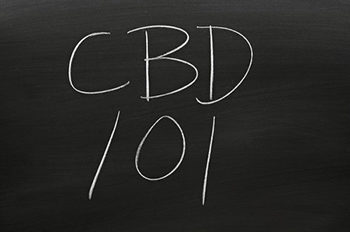Cannabis and Cannabinoids: The Basics
The scientific name is Cannabis sativa, although it is usually just called cannabis, or hemp. Cannabis and hemp are actually the same plant but they can be grown to have differences. Cannabis is notorious due to the presence of the chemical delta-9-tetrahydrocannabinol (THC), which is a psychoactive (mind-altering) agent. It is the THC that gets the marijuana user high.
There are many other chemical substances in hemp, 60-100 of which are chemically related to THC but are not THC and are not psychoactive. These chemicals are called cannabinoids.
Clinical research has proven that cannabinoids possess very important pharmaceutical properties and have the potential to be the basis an entirely new class of drugs to treat Metabolic


